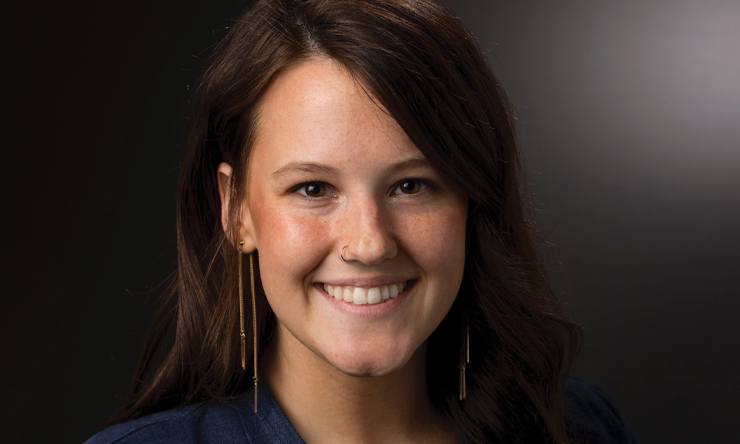As of March 22, the COVID-19 pandemic had surpassed 300,000 confirmed cases and almost 13,000 deaths worldwide; and almost 25,000 cases and over 300 deaths in the U.S.
Epidemiologists have warned that the numbers will soon be much higher, and that this highly-infectious virus continues to spread quickly. Epidemiological models predict U.S. fatalities from this virus to range from a few thousand to hundreds of thousands. The wide range of predictions has led to substantial uncertainty.
In response to this uncertainty governments have implemented severe suppression measures to "flatten the curve." These measures attempt to avoid shortages of medical supplies, equipment and personnel to be able to respond to infected persons who arrive at hospitals needing treatment, including ventilators (about 160,000 of which the U.S. currently has) and ICU beds (about 100,000 of which the U.S. currently has), as well as doctors and nurses to care for them. Italy provides a cautionary example of the situation we hope to avoid.
These suppression measures come with an economic cost. Workers in professional services industries have begun working from home; hospitality workers have been furloughed or seen hours cut in response to closures; automakers have closed plants; and here in Iowa, Bridgestone has furloughed 1,400 workers in Des Moines. Meanwhile, John Deere remains operational because of its connection to agriculture as "critical infrastructure."
The best hope is that all this will result in a recession even with effective policy responses. Output will decline and fewer nonessential consumer goods will be available, but basic necessities – food, utilities, health care – will remain available. Fortunately, most of the U.S. private economy (almost 75%) comes from services, many of which (finance and related services, 24%; professional services, 15%, for example) can adapt to remote work. Many sectors can remain open for business, albeit at lower levels of productivity.
The consensus among many economists is that the effective policy responses that make this best-case scenario more likely will include ones that contain the direct human effects of the virus itself, and mitigate the effects of containment efforts. These include the following:
1. More testing. The more we know about the spread of COVID, the less uncertain we will be about the strictness and duration of suppression policies. This will help people plan and cope.
2. Ramp up treatment capacity. Existing medical-supply manufacturers will need to increase production of protective medical supplies, ventilators, and beds. Facilities in other sectors that do not produce these supplies should consider adapting existing capital towards medically-necessary output. We must allow supplies to come from global sources.
3. Social insurance. People losing jobs or income will need to pay bills, especially for food, rent, and medicine. Ideally, we would like to target payments to those furloughed. We do not have time for this now. Similarly, now is not the time to fret over the deficit.
4. Provide liquidity. Interest rate cuts will do little to boost private investment, and have done little to stabilize financial markets. More recent actions by the Fed to inject liquidity directly will help avert a banking crisis while people feel uncertain (and draw down their savings).
The coming months will present a humanitarian and economic challenge the likes of which we have not seen in a long time. At the same time, with the right medical and economic responses to the crisis, we can do this.
–James T. Bang, PhD
SAU Economics Professor
News
You Might Also Be Interested In...
Share This Story



